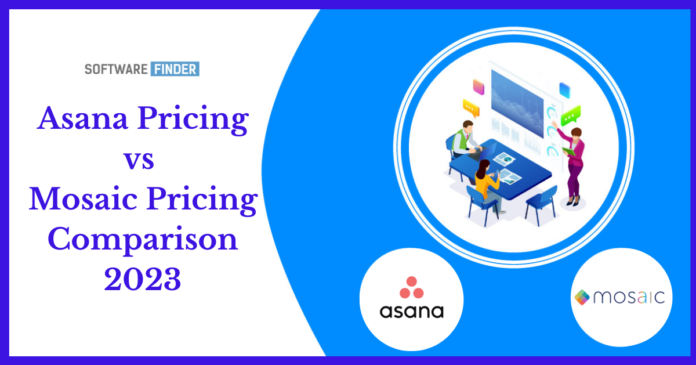Asana Pricing
Asana is a popular project management and collaboration tool that helps teams stay organized and communicate effectively. It offers a range of features, including task and project management, file sharing, and integrations with other tools and services. One of the key questions for any business considering using Asana is: how much does it cost?
Asana has several pricing tiers, depending on the features and functionality you need. The basic plan is free and includes basic task and project management, as well as integrations with a range of other tools. This plan is suitable for small teams or individuals looking for a simple way to stay organized.
For teams that need more advanced features, Asana pricing offers a premium plan, which starts at $10.99 per user per month when billed annually. This plan includes additional features such as custom fields, advanced search and reporting, and the ability to create custom rules and automations. It also includes access to Asana’s customer support team.
For larger organizations with more complex needs, Asana offers a business plan, which starts at $24.99 per user per month when billed annually. This plan includes all of the features of the premium plan, as well as additional features such as portfolio and program management, as well as the ability to create custom workflows. It also includes additional security and compliance features, such as data export and single sign-on.
In addition to the above pricing tiers, Asana also offers a suite of enterprise-level solutions for large organizations with complex needs. These solutions are customized to fit the specific needs of each organization and are priced on a case-by-case basis.
One thing to keep in mind when considering Asana pricing is that the cost can add up quickly if you have a large team. While the basic plan is free, if you have a team of 10 people or more, you’ll likely want to consider upgrading to a premium or business plan to get access to additional features and support.
Overall, Asana’s pricing is competitive with other project management and collaboration tools on the market. Its free basic plan is a great option for small teams or individuals, while its premium and business plans offer a range of advanced features for teams of all sizes. Its enterprise solutions offer customized solutions for larger organizations with more complex needs.
Mosaic Pricing
Mosaic pricing is a pricing strategy used by businesses to differentiate the prices of their products or services based on the characteristics or attributes of their customers. This strategy is often used in industries where customers have different levels of willingness to pay for a product or service, and businesses want to capture as much of that willingness to pay as possible.
There are several ways in which businesses can implement mosaic pricing. One common approach is to use segmented pricing, where different groups of customers are offered different prices based on their characteristics or attributes. For example, a business might offer a lower price to students or senior citizens, or it might offer a higher price to customers who are willing to pay a premium for a higher-quality product or service.
Another way to implement mosaic pricing is through dynamic pricing, where prices are constantly adjusted based on real-time demand and supply conditions. This can be done through the use of algorithms that analyze data on customer demand and supply conditions in order to set prices that maximize profits. Dynamic pricing is often used in industries where prices are highly sensitive to changes in demand, such as the airline and hotel industries.
One of the main benefits of mosaic pricing is that it allows businesses to capture more of the value that their customers are willing to pay. By offering different prices to different groups of customers, businesses can better match their prices to the specific needs and preferences of their customers. This can lead to higher profits and more satisfied customers.
However, there are also risks associated with mosaic pricing. One risk is that it can lead to price discrimination, where some customers are charged higher prices than others for the same product or service. This can lead to negative perceptions of the business and potentially damage its reputation. Additionally, mosaic pricing can be complex to implement and may require significant resources to maintain and update.
In conclusion, mosaic pricing is a pricing strategy that involves differentiating prices based on the characteristics or attributes of customers. While it can be effective at capturing more of the value that customers are willing to pay, it also carries risks and may be complex to implement. Businesses should carefully consider the potential benefits and risks of mosaic pricing before deciding to adopt it as a pricing strategy.

